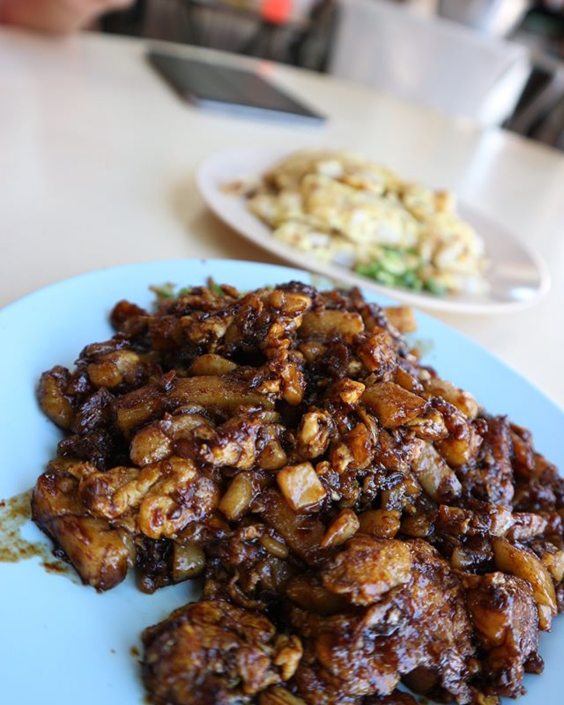Singapore’s Hawker Culture Will Continue to Thrive
I grew up in a neighbourhood called Katong, in the East of Singapore. Almost everyone in Singapore claims their area has the best local food. But trust me — where I live really is the best.
Our local food has always been an integral part of Singaporean culture, and Hawker Centers are where we gather to celebrate that. These bustling food courts offer a variety of affordable local fare — delicacies that we can’t live without. Rows and rows of stalls selling our favourite local dishes, fresh coconuts at the drink stalls, the smell of garlic and soy sauce, and families sharing a meal.
Growing up behind one of the most famous food streets in Singapore, we had hawker stalls at every corner. We always had good food after church on Sundays and when I fell of my bicycle the “chicken rice uncle” would put down his pot to help me up.

Hainanese Chicken Rice
Many of these stalls have been passed on over generations. Grandchildren serve their grandparent’s recipes in the same stalls, to customers who have been regulars their whole lives.
In the past, a lot of the food sold was very labour-intensive. For example, kway chap is a soup dish of broad rice sheets served in a dark soy sauce broth, typically with pig intestines, braised duck, pork or bean curd. The intestines have to be throughly cleaned and the large noodles are made by hand.

Kway Chap
Recently, many of the smaller hawker centers have been closing down and the traditional hawker culture has been declining. Many young Singaporeans don’t want to be hawkers. The hours are long, the work is hard, and the profits are uncertain.
Mr Francis Toh, 46, or “Uncle Francis” as his younger customers know him, has been running a fried carrot cake stall for the past 19 years. The stall was previously owned by his aunt. Singaporean carrot cake is a savoury dish made of steamed rice flour and white radish, it’s then cut into cubes and fried with garlic, eggs and preserved radish.

Uncle Francis’ Carrot Cake
As a traditional hawker, Mr Toh fears we may lose our local culture and flavours as more young hawkers turn away from our local cuisine.
“Our traditional food is dying off; nobody wants to continue,” Mr Toh said, “It’s very sad.”
Many young hawkers who operate their own stalls choose to sell Western, Japanese, Korean, or fusion food. The idea is that young people are looking for affordable, ‘instagrammable’, café-quality food.
Owner of The Burning Oak, Mr Jeremy Han, 26, chose to operate out of a hawker stall rather than open a restaurant because of the lower rental cost. Mr Han sells Japanese fusion food with the help of a few part timers and his father.
A hawker stall was a better choice for him as a new business owner and is more sustainable in the long run. It also allows him to keep his food affordable despite using expensive ingredients like Wagyu beef and foie gras.
Singapore’s hawker scene is visibly changing. Hawker centers are being renovated and traditional hawkers are retiring. But it is not dying.
Hawker centers are ingrained in our culture and Singaporeans will not let our local food go. Younger ‘hipster’ hawkers selling fusion food are more popular now, but the demand for a good old fashioned wanton mee has not declined.
Students looking for supper after a night out will still go to the nearest 24-hour prata shop. It might not be an appealing career for everyone, but there are still young people who will carry on these traditions. This is what we have grown up with and it is a part of us.
There’s no way we would give any of this up.




